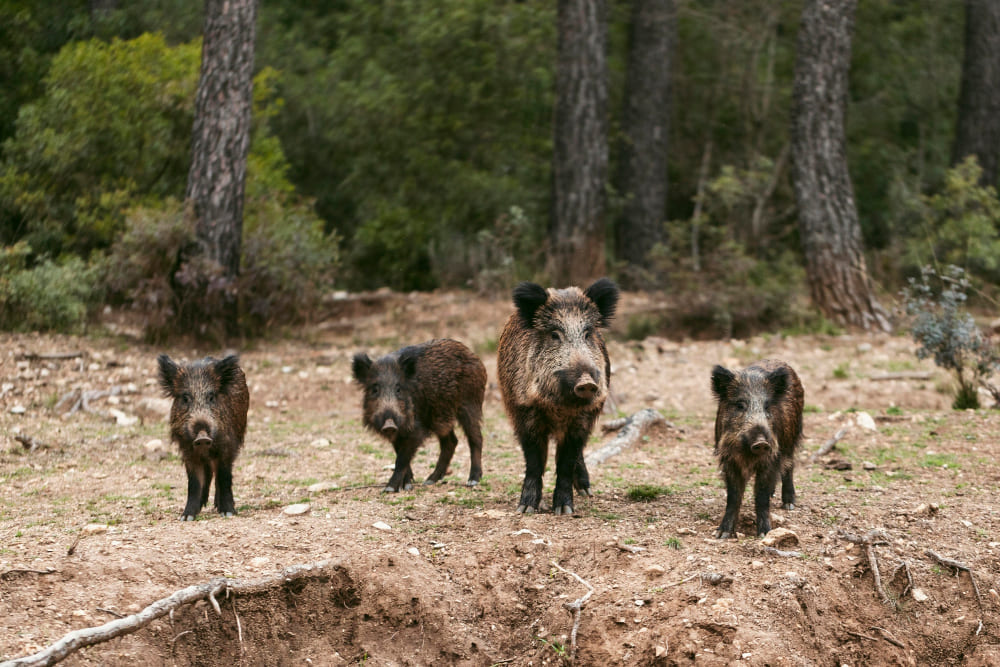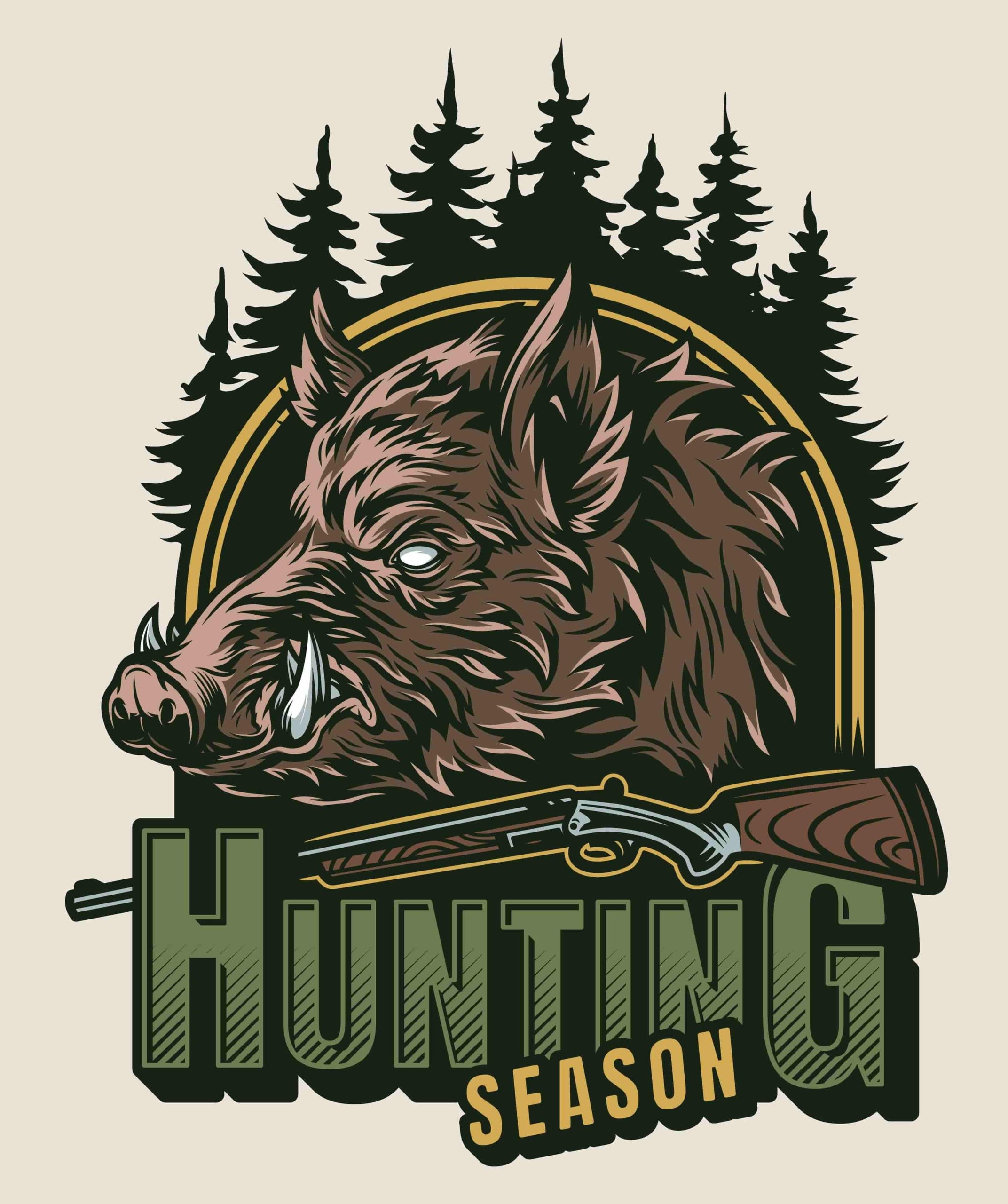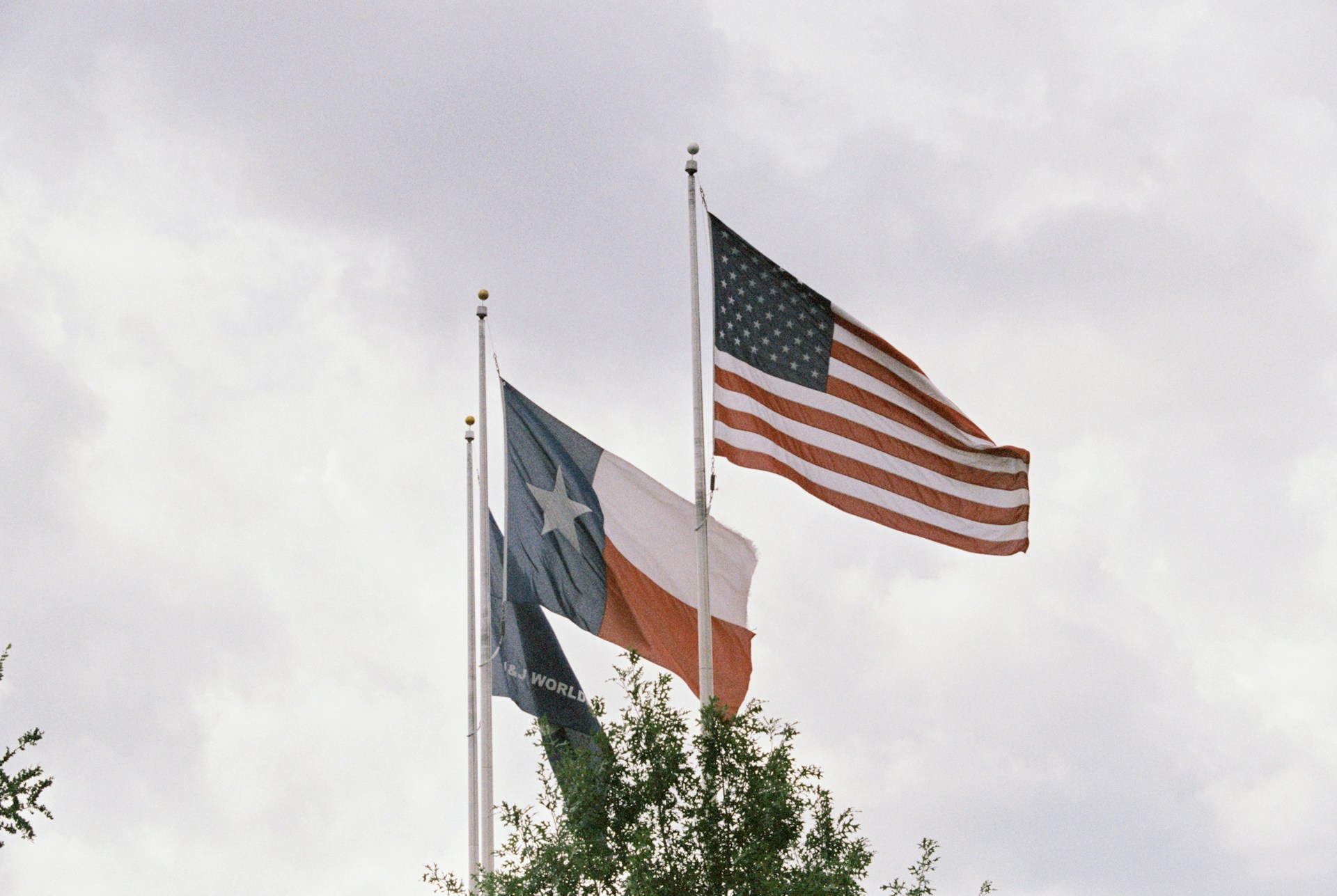The landscape of Texas is under siege, not by a foreign invader but by a creature as familiar as it is formidable: the wild boar. With an estimated population soaring into the millions, these animals are more than just a nuisance; they are a significant ecological disruptor. Originating from domestic stock and European wild boar introductions, Texas’ wild boar populations have exploded due to their high reproductive rates, lack of natural predators, and adaptable nature. This growth spurt is not without its consequences, as these omnivorous foragers ravage local ecosystems, decimate crops, and disrupt native wildlife habitats with their relentless feeding and rooting behaviors. The soil turnover caused by boar rooting alone can lead to increased erosion, reduced water quality, and the destruction of native plant species, paving the way for invasive plants to take root and further alter the landscape. Moreover, their aggressive behavior poses a threat not just to native fauna but to human interests as well, leading to conflicts with farmers and landowners who bear the brunt of the financial losses.
Impact on Ecosystems and Biodiversity
The ripple effects of wild boar overpopulation extend far beyond the visible damage to crops and property. These animals are ecological engineers, altering the very fabric of the environments they invade. By competing with native species for resources, wild boars disrupt food chains and can cause significant declines in native wildlife populations, including ground-nesting birds and small mammals. Their voracious appetite leads them to consume vast amounts of plant material and small animals, impacting the biodiversity of areas they inhabit. This disruption of natural habitats contributes to a decrease in species diversity, which can have long-term effects on ecosystem health and resilience. Additionally, wild boars are vectors for diseases such as swine fever and brucellosis, which can spread to domestic livestock and, in some cases, humans, posing serious public health risks.
Challenges to Agriculture and the Economy
The economic impact of wild boar overpopulation in Texas cannot be overstated, with annual damages to agriculture running into the millions of dollars. Farmers and ranchers find themselves on the frontline of this battle, facing the daunting task of protecting their crops and livestock from these relentless invaders. Wild boars are known to cause extensive damage to crops such as corn, wheat, and soybeans, as well as to pastureland, which affects cattle grazing. They can also damage fences, water troughs, and other farm infrastructure, adding to the financial strain on farmers. The fight against wild boar invasion is a costly one, involving fencing, trapping, and other control measures that can be both time-consuming and expensive. Despite these efforts, the sheer number and adaptability of wild boars make them a persistent and difficult-to-manage threat to Texas agriculture and the broader economy.
Strategies for Management and Control
In response to the burgeoning wild boar problem, a multifaceted approach to management and control has been implemented across Texas. These strategies include trapping, hunting, and the use of specially trained dogs to track and remove boars from affected areas. Innovative technologies, such as thermal imaging for night hunting and aerial shooting from helicopters, have also been employed to reduce boar numbers. However, the effectiveness of these methods varies, and their implementation raises ethical and environmental concerns. As such, wildlife management experts emphasize the need for integrated pest management (IPM) strategies that combine multiple control methods with ongoing monitoring to assess their impact on boar populations and the environment.
Conservation Efforts and Future Directions
The challenge of controlling wild boar populations while minimizing their impact on ecosystems and human activities requires a balanced approach that considers both the ecological and economic implications. Conservation groups, government agencies, and local communities are working together to develop and implement strategies that protect Texas’ natural heritage and agricultural resources. Research into wild boar behavior, ecology, and control methods is ongoing, with the goal of finding more effective, sustainable solutions to this complex issue. Public education and awareness campaigns also play a crucial role in addressing the problem, by informing citizens about the importance of responsible wildlife management and the steps they can take to mitigate the impacts of wild boars in their communities.
Engaging the Public in the Solution
The fight against wild boar overpopulation is not one that can be won by conservationists and farmers alone; it requires the active participation of the entire community. Citizen science projects, public reporting of sightings and damage, and community-based management initiatives are all critical components of a comprehensive strategy to address the issue. By fostering a sense of stewardship and collective responsibility, Texans can work together to protect their ecosystems, agriculture, and way of life from the destructive impact of wild boars. Through education, collaboration, and innovation, the state can navigate the challenges posed by these invasive animals and move towards a more sustainable coexistence with the natural world.




